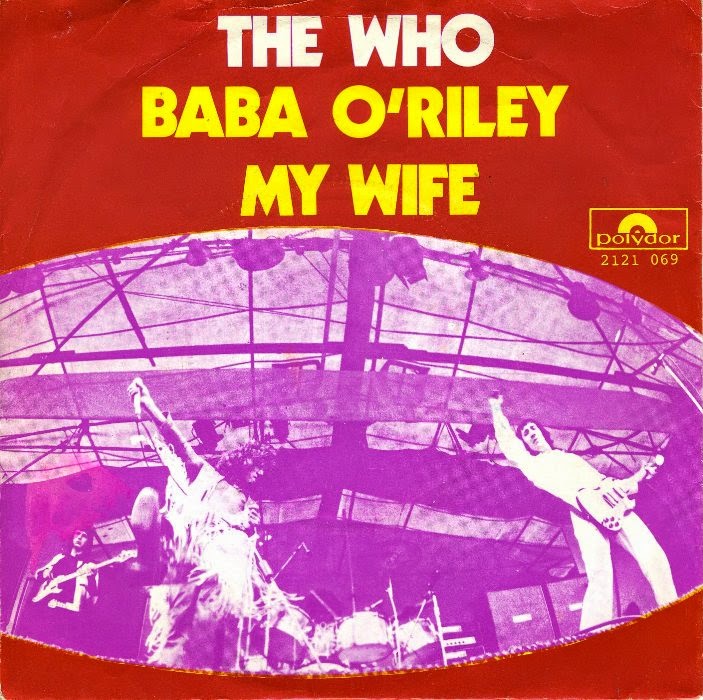

Townshend recorded the organ to a pair of tracks on his 3M tape machine, in stereo, the Lowrey outputting through a Leslie-like rotating speaker. And what he turned it into is just astonishing.” It was a discovery, accidentally, on Pete’s part that it did these things, and he could use them in a rock song.” Classic Tracks: Oingo Boingo’s “Just Another Day”Īdds Johns: “He experimented with this piece of equipment and stumbled across the idea of it creating a rhythm-and then he got clever with that. So it’s not a sequencer, and it’s not a sequence. “It jumps around, articulating the notes you’re holding, as if you’re playing very quickly and doing cool parts, but it does it for you. “If you just hold the keys down, ‘Marimba Repeat’ does these little figures,” Kehew explains. The setting Townshend discovered on the Lowrey was called “Marimba Repeat,” which emulated sequencing in a way he had hoped to produce using an ARP 2500 he had just recently received. “’Won’t Get Fooled Again’ is not really a synthesizer-it’s an organ, this Lowrey, being chopped up through a synthesizer, but it’s basically a stutter.” Townshend had the Lowrey organ and a synthesizer at hand, though it is the Lowrey alone heard on “Baba.” “So much of what people call ‘synthesizer’ in Who music is not,” Kehew states. Its theme of a “teenage wasteland,” Townshend has noted, came from observing the mess left behind by drugged-out teens at the Isle of Wight Festival, where The Who had played in 1969. In 1971, Townshend found a novel way to make use of the organ, in a powerful rock song he had just written, which was based around a story of a farmer whose son has run off and which drew its title from both Meher Baba, an Indian spiritual master of whom Townshend was a follower, and Terry Riley, whom Kehew describes as “an experimental composer who did a lot of repeating figure music and tape loops, something Pete was experimenting with at the same time. “It would play a simple bass line if you held down the C note, all based around C, in time with the drum box.” “They had rhythm machines built in, with automatic accompaniment,” says Brian Kehew, The Who’s longtime keyboard tech and Moog’s historian. He’s not just a genius songwriter and performer, but he’s an incredible engineer.”Īmong the instruments Townshend had on hand was a Lowrey Berkshire Deluxe home electronic organ, an instrument commonplace in family homes at the time. “He’s extremely competent, all around, which is why I appreciate him as much as I do. “Few people know, Pete is an extraordinary engineer,” Johns says. Johns was sent demos of Townshend’s songs on acetate discs, having been recorded to 8-track tape (likely a 3M M23) at his home studio in Twickenham, one of several he had throughout the 60s. “I only found out about that after we finished the album.” “I had no idea they’d already gone to New York and made an attempt at recording it with Kit,” Johns tells Mix. Johns had recorded The Who’s “My Generation” at IBC Studios, London, in October 1965 for producer Shel Talmy. Townshend, meanwhile, had written to legendary recording producer/engineer Glyn Johns, asking for his help.

The tracks-which did not include “Baba O’Riley” -were deemed less than satisfactory.

Lambert had, in the meantime, moved to New York, and after the Young Vic show, he called Townshend and suggested that the band come to record the songs at the then-new Record Plant, where they became the first act to use the facility’s Studio One.
#Baba oriely the who movie#
Townshend and the group’s producer, Kit Lambert, had parted ways after Tommy, and a fledgling plan to make the project into a movie stalled. He and bassist John Entwistle recorded a few demos in their home studios, and the band debuted a collection of the songs, many of which would end up on Who’s Next, at a show at the Young Vic Theatre in London the following month. The Who had been on tour throughout 19 in support of Pete Townshend’s classic rock opera, Tommy, and by January 1971, he had unveiled what he proposed to be his next “soundtrack-type” project, Lifehouse.

Four double-notes, played on what sounds like a synthesizer (actually an organ), in a robotic-like sequence for a few seconds, hanging on for a bit longer, and then the rock ‘n’ roll ride begins on The Who’s “Baba O’Riley.” When it starts, there’s no mistaking what song it is.


 0 kommentar(er)
0 kommentar(er)
